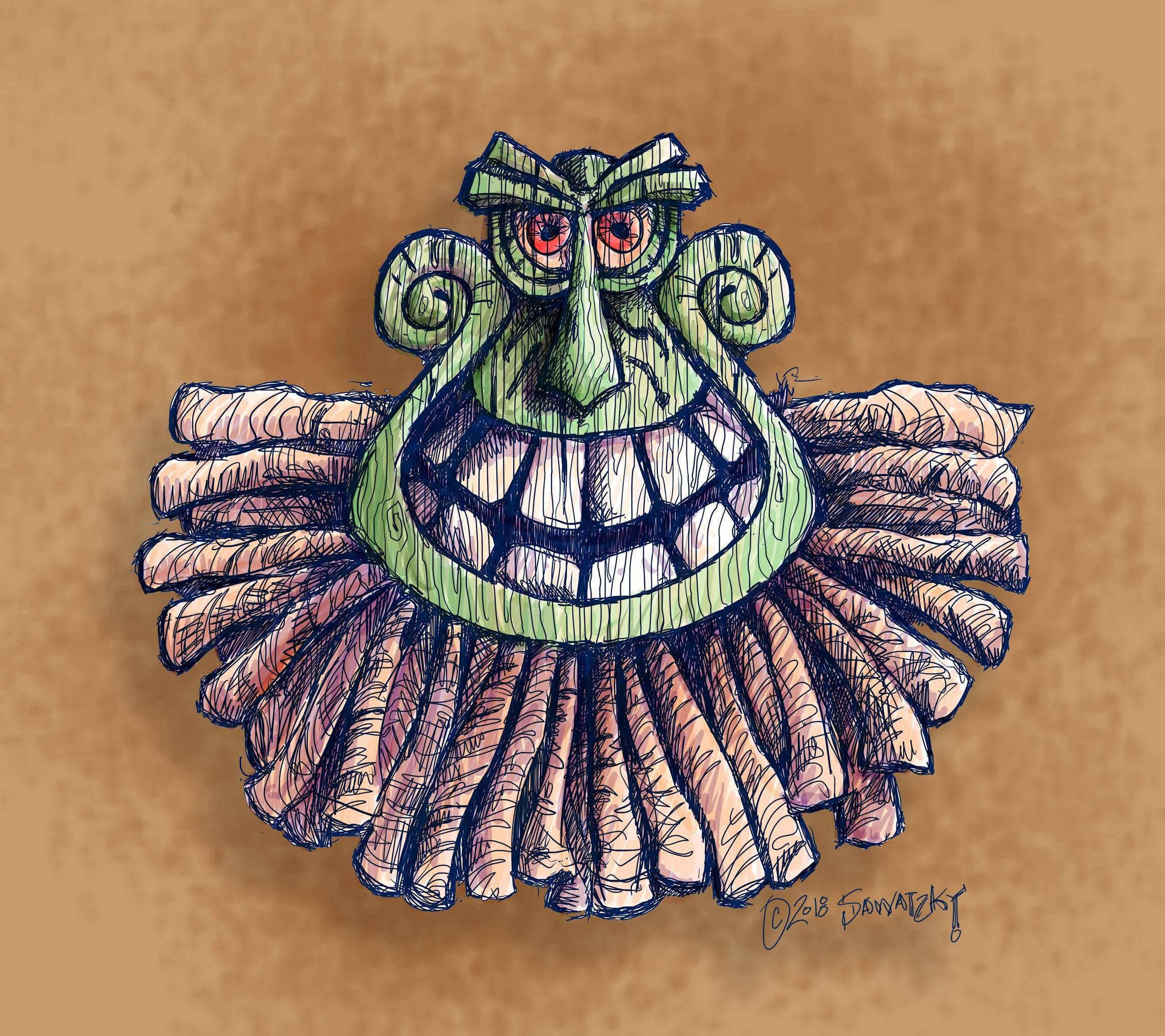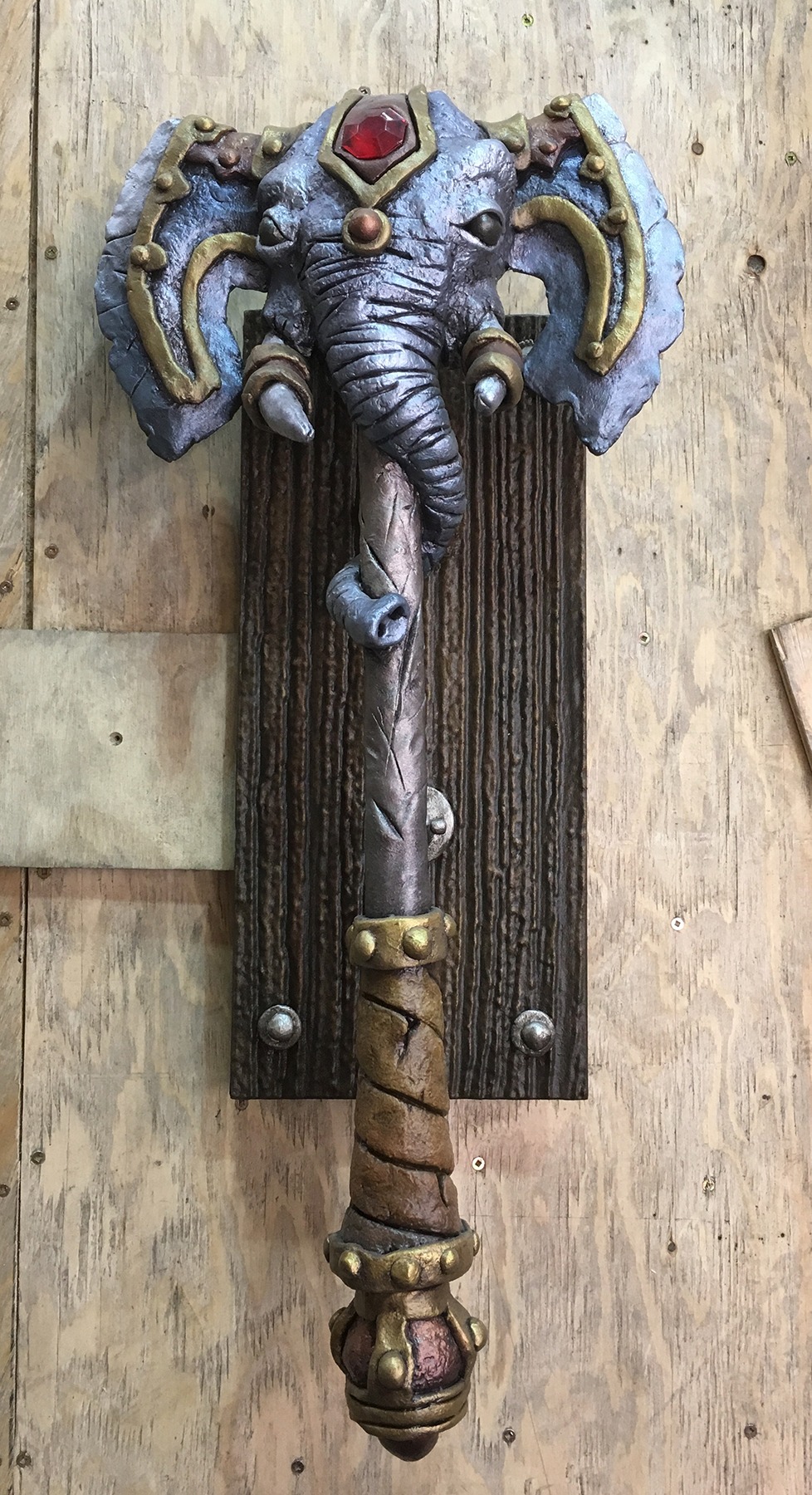Coastal Enterprises, manufacturers of Precision Board HDU, is proud to announce a series of guest blogs written by Dan Sawatzky of Imagination Corporation, which are posted on the Precision Board Blog each month. This month Dan Sawatzky lets us in on a little secret of his when it comes to gluing Precision Board HDU- when he wants a smooth bond-line, he’ll glue the pieces together first and then rout the material. He gives us an example from his latest project- The Hazelnut Inn fantasy suites.

In Dan Sawatzky’s own words…
A comment I often hear is how layers of glued Precision Board need a lot of edge finishing prior to paint. When folks use PB Bond 240 or PB Fast Set it often squishes out between the layers as it cures. In our work this isn’t often a problem as we texture the edges of our work, most often with an air powered die grinder. It is quick work and adds a lot of value to the finished piece.
But occasionally we need a neat glue joint as we layer up the Precision Board within the edges of our work. I’ve found the easiest way to do this is to glue up the board before we do the routing. It’s a great way to use up smaller pieces of Precision Board and it saves using a whole thick board and turning the bulk of it to chips and dust.
Precision Board also offers custom cut and glued up blocks for your larger projects!
I have a small project in the works that is a great example. It’s a tribal mask for the Hazelnut Inn decor. I went through our scrap pile and selected three pieces of 1” thick material, making sure they were slightly larger than necessary. I then glued and screwed them together. Because the top layers were a bunch smaller than the bottom, the clamps wouldn’t reach. Once the piece had cured, I removed the screws (hitting a screw with a router bit is rather hard on bits).

I threw the piece on our MultiCam 3000 CNC router and ran the job in two passes using a 3/8” bit for the rough and a 1/8” tapered bit for the final.
When the piece was finished I glued a fourth layer of 1” thick Precision Board underneath for extra thickness.
I then used our air-powered die grinder to extend the woodgrain down onto the edges. The piece was now ready for paint.
I measured up some rope we had left over from a recent project and then drilled the bottom edge with a series of holes. These were to accept the rope segments for the beard. I used hot glue to fasten them into place.
I then applied the glazes to bring out the woodgrain. Then the green, red, orange and white was carefully dry brushed on the ridges of the woodgrain. Then I unfurled the ropes and spread out the single strands to form the beard on the mask. The final result looked better than I imagined when I did the design! Some mounting hardware will make the mask ready to hang in the room.
Local lore holds that the North Star Suite of the Hazelnut Inn was once the home of an eccentric explorer, who gathered artifacts and curiosities from every mythical corner of the world and built her estate around them. There will be a whole bunch of ‘artifacts’ of every description on display in the room when we are done. Here’s another piece which we recently completed. The mounting board is made from 30 lb Precision Board. Stay tuned for many more…

Sawatzky’s Imagination Corporation is a small family company that specializes in the design and creation of dimensional signs and environments. They tackle projects of any size from small signs to entire theme parks. Their work has garnered numerous national and international awards.
Dan Sawatzky is best described as a creative force and visual storyteller extraordinaire. His art career spans almost fifty years of magic. Dan’s passion is to design and create imaginative places that take people from the normal world to a setting of delight and wonder.
Coastal Enterprises manufactures Precision Board HDU, a versatile, cost-effective and eco-friendly urethane sign material that is particularly effective for making professional-looking indoor and outdoor dimensional signs. It is a closed-cell rigid substrate that does not rot, warp or crack. You can request free samples, get a quote or sign up for periodic newsletters packed with helpful information.